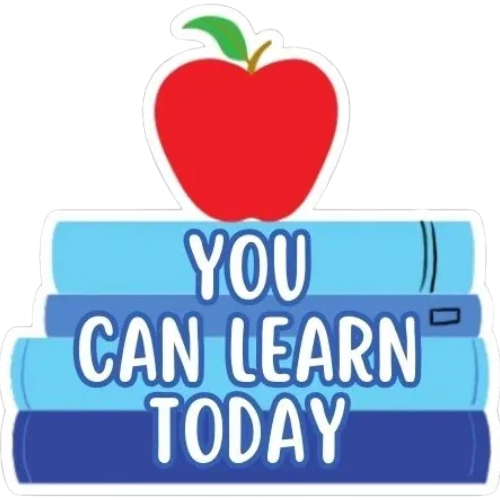
Online Kids Math Tutoring in MD
Personalized tutoring that aligns with the Common Core Math Standards.
Grade K Overview
Counting and Cardinality
Operations and Algebraic Thinking
Number and Operations in Base Ten
Measurement and Data
Geometry
Grade 1 Overview
Operations and Algebraic Thinking
Number and Operations in Base Ten
Measurement and Data
Geometry
Grade 2 Overview
Operations and Algebraic Thinking
Number and Operations in Base Ten
Measurement and Data
Geometry
Grade 3 Overview
Operations and Algebraic Thinking
Number and Operations in Base Ten
Number and Operations—Fractions
Measurement and Data
Geometry
Grade 4 Overview
Operations and Algebraic Thinking
Number and Operations in Base Ten
Number and Operations—Fractions
Measurement and Data
Geometry
Grade 5 Overview
Operations and Algebraic Thinking
Number and Operations in Base Ten
Number and Operations—Fractions
Measurement and Data
Geometry
Grade 6 Overview
Ratios and Proportional Relationships
The Number System
Expressions and Equations
Geometry
Statistics and Probability
Grade 7 Overview
Ratios and Proportional Relationships
The Number System
Expressions and Equations
Geometry
Statistics and Probability
Grade 8 Overview
The Number System
Expressions and Equations
Functions
Geometry
Statistics and Probability
Algebra Overview
Seeing Structure in Expressions
Arithmetic with Polynomials and Rational Functions
Creating Equations
Reasoning with Equations and Inequalities
Geometry Overview
Congruence
Similarity, Right Triangles, and Trigonometry
Circles
Expressing Geometric Properties with Equations
Geometric Measurement and Dimension
Modeling with Geometry
The Importance of Online Children’s Math Tutoring
Hello! My name is Antonia Gibbs, and I’m thrilled to share my passion for online kids math tutoring offered by You Can Learn Today in MD. With over 12 years of experience working with children, I've dedicated my career to helping students shine academically. I specialize in tutoring reading and math for kindergarten through second grade, and I’ve also worked with middle school students in special education, focusing on all subjects.
At You Can Learn Today, I provide personalized online children’s math tutoring that caters to each student's unique needs. By evaluating their current levels and collaborating with families, I create customized goals that foster confidence and progress quickly in math skills. The online format allows for interactive lessons that engage young learners while ensuring they receive the individual attention they deserve, making it an excellent option for busy families.
Choosing professional online kids math tutoring is essential for children who may struggle or need extra support in their math education. A qualified tutor can help identify areas where your child may be struggling and provide the tools and strategies they need to succeed. With my experience in diverse educational settings, I understand the nuances of nurturing a child's capabilities and passion for learning. This specialized assistance often leads to enhanced performance in school and a more profound appreciation for math.
Get Started Today
Investing in your child’s education is one of the best decisions you can make. Learning math skills early can set the foundation for future academic success. If you're looking for reliable online children’s math tutoring that makes a difference, reach out today! Together, we can unlock your child's potential and help them flourish in math. Don’t hesitate to contact You Can Learn Today, and let’s embark on this educational journey together!
Let’s Get Started
Empower your child's learning journey with personalized tutoring services to foster growth and success. Book a session now to give them the support they need to excel academically.
